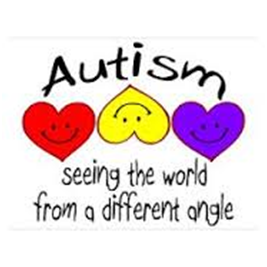Child Care Service
EARLY IDENTIFICATION OF DEVELOPMENTAL DISORDERS IN YOUR CHILD
There is absolutely no hitch in the thought that healthy pregnancy is directly proportional to a healthy baby. An early and regular prenatal care can fetch you a life time award of a healthy child. Moreover, following a healthy and safe diet, avoiding exposure to radiations, controlling existing conditions like blood pressure and diabetes, avoiding tobacco or any other drug use and avoiding drinking, can help in reducing the complication during the pregnancy and reduce the infant’s risk for complications too.
WHAT POSSIBLY CAN HARM BABY’S DEVELOPMENT DURING PREGNANCY?
Mother’s Age: Conception after 35 years of age can lead to autism, down’s syndrome and other developmental problems in a child.
Inadequate nutrition: The lack of calcium, iron, iodine and other vitamins may lead to baby’s learning disabilities, delay in language development, behavioral problems, delayed motor skill development, and a lower I.Q.
Use of medication: Pregnant women are advised not to take any medication especially during the first trimester of pregnancy as even a common medicine like aspirin, can cause bleeding in a child’s brain because of its ability to stop blood clot.
Stressful environment or depression: A mother’s stress during pregnancy may increase the risk of congenital brain malfunction in the baby. A pregnant woman should be kept away from any kind of emotional shock or death in the family as it may interfere with the fetal development.
Tobacco use, smoking and alcohol: Nicotine from smoke causes constriction of blood vessels, reducing blood flow and nutrition in the placenta. Alcohol crosses the placenta and intoxicates the baby leading to various developmental disorders in the baby.
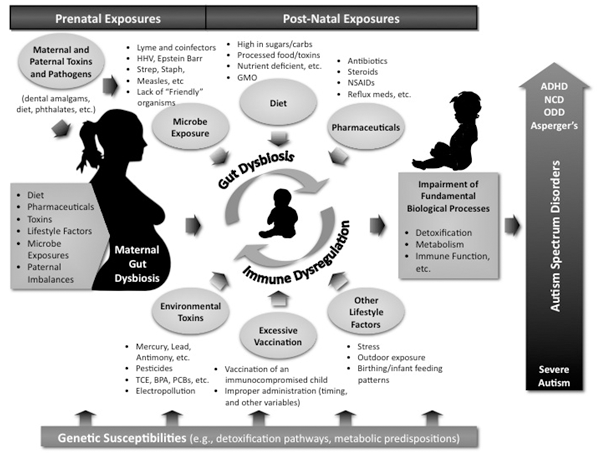
HIGH RISK NEWBORNS
As the name suggest, newborns having greater chance of complication due to unwanted conditions arising either during fetal development or during labor and birth may be tagged under high risk newborns. The common risks include that of preterm babies especially with low birth weight (mostly incase of multiple pregnancies) and babies with medical conditions such as heart problem, infections or birth defects. The various factors that may result in a high risk pregnancy include that of:
Maternal Factors: The conception age of the mother is very important as beyond 35 years of age, the risk increases. Moreover, the environment in which the expected mother stays, the personal habits (smoking or drinking), the lifestyle (stressful or cordial), pre-existing systemic illnesses (diabetes or hypertension), sexually transmitted diseases, too little or too much of amniotic fluid and/or premature rupture of amniotic sac are all contributing factors for high risk newborns.
Delivery Factors: Fetal distress due to lack of oxygen, breech delivery (buttocks delivered first), meconium (the baby’s first stool passed during pregnancy into the amniotic fluid), nuchal cord (cord around the baby’s neck), forceps or cesarean delivery.
Baby Factors: This is an important factor that may result in many complications. birth at gestational age less than 37 weeks or more than 42 weeks, birth weight less than 2,500 grams (5 pounds), respiratory distress including rapid breathing, grunting, or apnea (stopping breathing), need for extra oxygen, infection, hyperbilirubinemia, hypothyroidism, seizures or low blood sugar.
KNOW MORE ABOUT DEVELOPMENTAL DISORDERS
DEVELOPMENTAL DELAY IN A CHILD
Is your child achieving his milestones on time? If not, there could possibly be a developmental delay in your child. Delays can occur in one or more areas viz: gross motor skills, fine motor skills, social and language and speech. Though, parent note of their child’s delay in activities as compared to other children of same age but a developmental specialist would be the right person to ensure and judge if the delay is a temporary lag or it requires some intervention as every child develops at his or her own pace and the range of normal is quite wide.
Gross Motor delay: If your child is unable to sit (by 5-6 months), crawl (by 7-9 months), or walk (by 10-12 months), there could be a developmental delay in his/her gross motor skills. Such children may have stiff arms or legs and has a clumsy look.
Fine Motor delay: A child showing delay in thumb-forefinger grasp such as using fingers to grasp a spoon by the age of 1 year could be related to fine motor delay. The main cause of motor delays could be improper development of muscles especially in preterm child, though there could be other reasons as well.
Social & Emotional Delays: When a child shows problem interacting with adults or other children, it may be marked as social and emotional delay.
Speech & Language delays: This is one of the common delays found in children. Speech may be referred to verbal expression by the child which, includes the formation of words by the child. Delayed speech or at times regression of speech after having achieved is an important feature of autism. However, if the child has achieved his other milestones on time, then delay in speech might not be a reason for worry. Few children are late talkers. Language delays may be linked with expressing and receiving information or understanding gestures.
COMMON BEHAVIOURAL PROBLEMS
Parents play a very important in developing a child’s behaviour throughout their life and so are other people and factors like siblings, teachers, friends, environment etc who may have an effect on a child’s behaviour as they grow. For ensuring that your child is honest, peaceful and happy, parents need to attain this at first place. Though, gradually every child develops his own traits of anger, temper, fear, jealousy, greed, possessiveness etc from time to time to fight back with the world for their own advantage. Mostly, parents complain of few common behavioural problems like fears and phobias, cheating, stealing and lying, destructiveness and bullying and shy and timid nature. All these behavioural problems should be dealt with utmost care by the parents and if need be a specialist counselling should be sought.


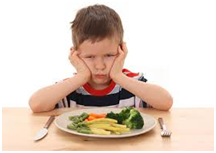
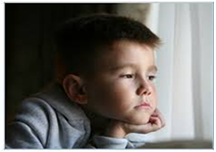
DYSLEXIA
Dyslexia also known as learning disability is characterized by child facing difficulty in reading, spelling and writing despite of normal intelligence. This problem may first be noticed at school when the child starts to spell words, read quickly, write & pronounce words. The main cause of this disease could be genetic or environmental. Moreover, it may also occur in children with attention deficit hyperactivity disorder (ADHD).
Tools that may help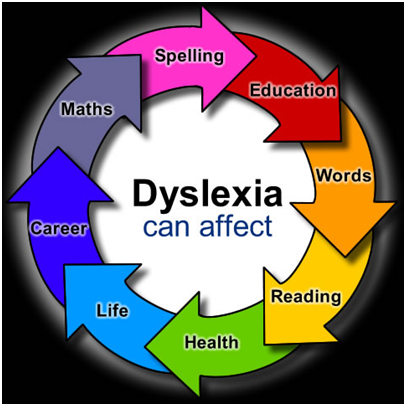
ATTENTION DEFICIT HYPERACTIVITY DISORDER (ADHD)
If your child is inattentive, hyperactive or impulsive, he/she could be a victim of Attention deficit hyperactivity disorder (ADHD). This is the most common mental disorder of children that may continue to adulthood. Due to easy distractibility and shot attention span, such children may have associated language and learning disability. They are unable to sit still and are perpetually moving, fidgeting, squirming and poking their fingers into everything. This may lead to certain behavioural problems as well.
We at Tulip Clinic are expert Doctors for Hyperactive disorder, ADHD and help to treat learning disorder & Developmental problems in Delhi/NCR
Tools that may help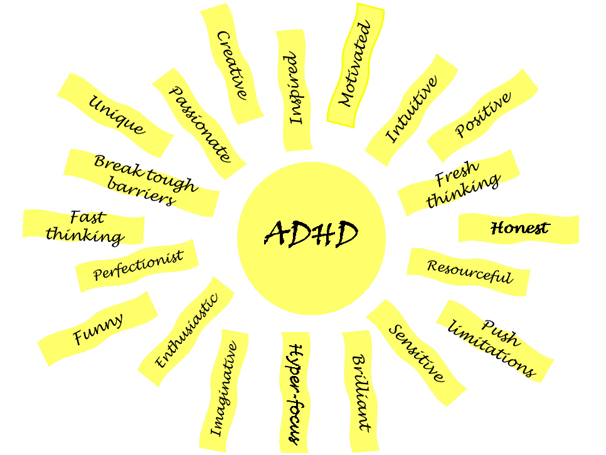
CEREBRAL PALSY
A group of permanent movement disorders like poor coordination, stiff or weak muscles, tremors, trouble in swallowing and speaking, poor vision and hearing problem that occur due to improper brain development or brain damage in fetal life is termed as cerebral palsy. The child is unable to roll over, sit, crawl or walk at the age when other children of same age are able to achieve these milestones. The problem mostly develops during pregnancy but may also occur during childbirth or shortly after birth. Since, it is caused due to improper brain function; it may also lead to certain developmental delays like gross and fine motor skills or speech and language problems.
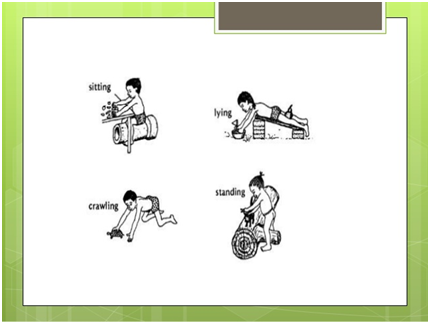
AUTISM
Autism is a disorder of neurodevelopment that affects a child’s behaviour, communication and social skills. Such children live in their own world and lack emotional warmth. They have no or only brief eye contact. Their stereotypic behaviour may include rocking, bouncing, head banging, swinging, spinning objects and twisting their hands. Another abnormal activity may include toe-walking, sniffing, licking or smelling objects. They may gabble and have their own language. Though, autistic child may have associated mental subnormality and epilepsy but it should not be confused with mental retardation.
Tools that may help